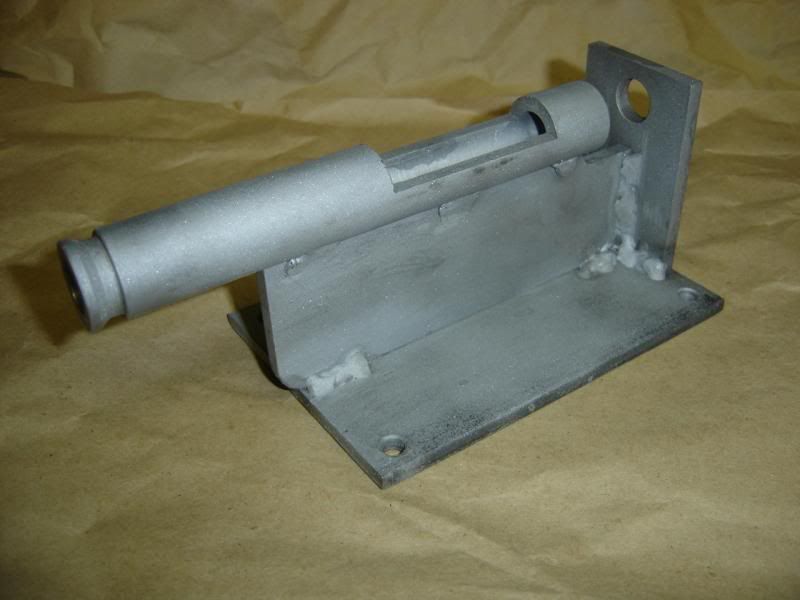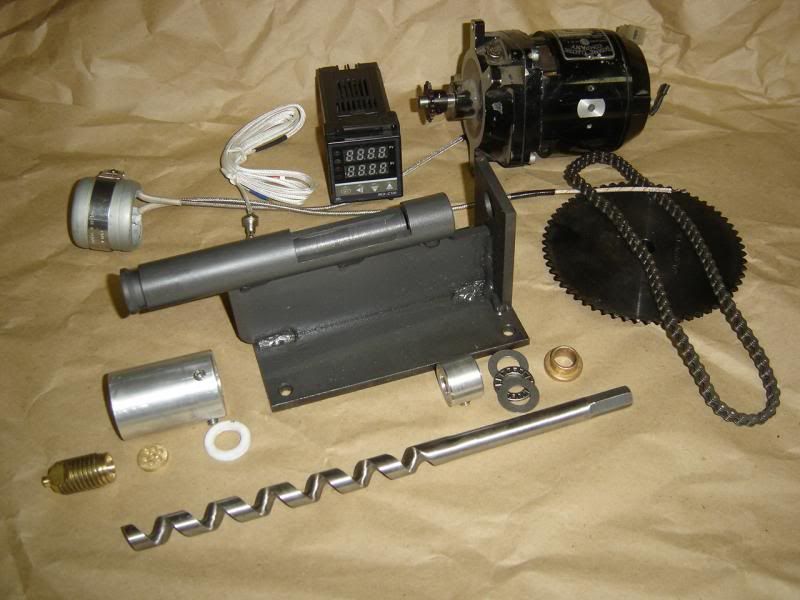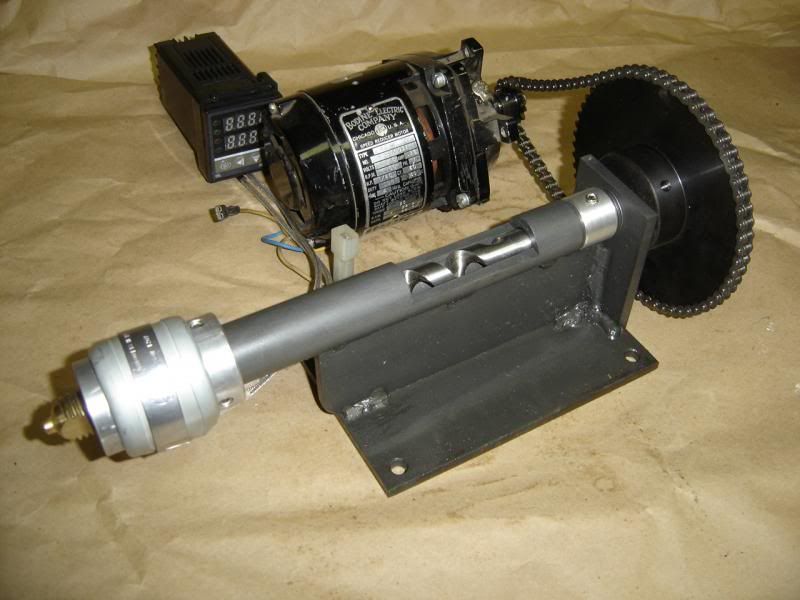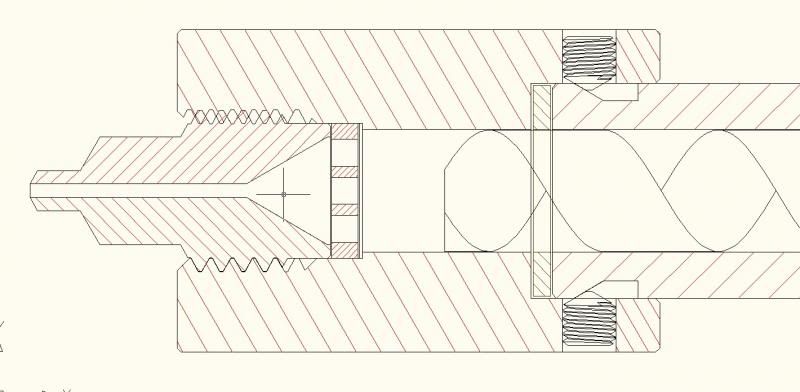Topic: Another filament extruder design and build with machining!
Hello, I have a 3D printer coming from Kickstarter, so while waiting months for that to show up I have decided to pass the time designing another Lyman based filament extruder. Why?
First, I am a mechanical engineer and love the design process.
Second, I have a hard time buying stuff that I can waste more money and time on building myself.
Third, I have a basic machine shop and have not seen much in the way of filament extruders that have not been made with basic parts.
Forth, maybe it will work and maybe I will learn something new or make an improvement.
First of all, my hat off to those who have blazed this trail to make it easier for me. Nothing like going down a well worn path. I am definitely starting off from an easier point than many others have and realize it. But I like putting my own twist on things, it is just part of being an engineer and part of the maker movement.
So the goals of my project are:
A filament extruder that looks nice.
Produces tight tolerance filament consistently. (tolerance to be determined by what my prints need!)
Has multiple adjustments that will allow me to tune it for production or new blends.
Is modular to allow for future improvements.
Cost less than $1,000 for materials, but I am not really keeping track (Unless I go with a 3 phase 480v frequency drive motor setup!)
Could be used in a class room setting to teach high schoolers design concept and process control.
Have fun and get me away from my desk some! I love making chips on the machines!
Equipment: I have a nice mill and lathe, mig welders, plasma cutter, brake, roller, shear, press sand blaster and various hand tools available. All the steel, brass, aluminum, nuts and bolts that I will ever need.
Ideas:
I want to play with AC motors to see if it helps with consistency at all. Everyone else seems to have been using DC power, but I am really more comfortable with AC power.
My barrel and heat chamber are designed right now to be a consistent smooth bore to fit the auger within about 0.01" Not sure if that will help or hurt, but figured why not try it. Most of the other ones seem to be made to be loose fitting.
Will look at water cooling the filament and possibly the tip of the nozzle also. Current desing incorporates a screen, breaker plate and separate nozzle. Haven't looked into venting to remove possible air bubbles yet.
Anyways, I will post a few pictures of what I finished up today. had the Parkerizing tank out for some other parts, so I sand blasted the main body and parkerized it to a nice dark grey finish. Offsets the brushed aluminum parts nicely I think! Next up is to fabricate a motor mount for my Bodine 110 AC gear drive motor. Had this laying around from about 8 years ago, figured I would try it first.
Anyways, hello and lets see how this journey goes!
Brian




